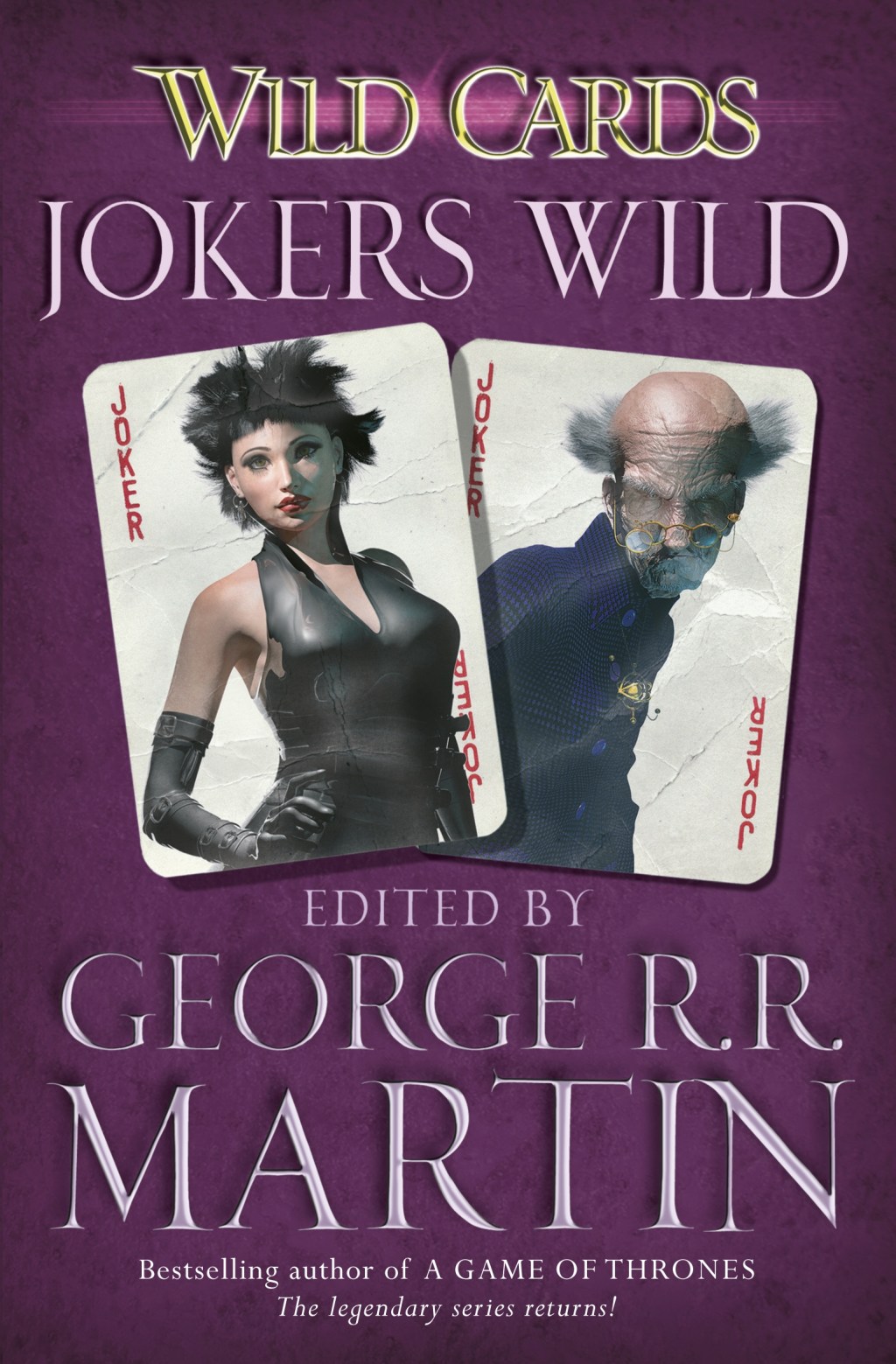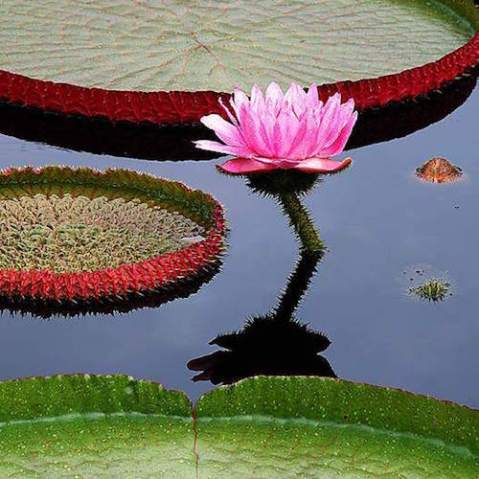The advantages of midday light

Do you ever recall old gunfight scenes in Western movies, where the gunfighters set up their showdown for high noon, whenever you think about taking photos at midday?

It was probably the worst possible time for a gun duel because the light is typically extremely harsh, there’s an ocean of glare and the eyes of the person you’re trying to outdraw are lost in the shadow of his gunslinger’s hat. How are you going to see that little telltale flicker in his eyes and beat him to the draw when his angry stare is lost in the shadow of his hat brim?
For photographers, a lot of the same issues with midday light are just as objectionable. While midday is a great time to eat lunch, take a nap after a hard morning of shooting or scout new picture locations that are best explored later in the day, it’s generally an awful time to be taking photographs. One reason, of course, is that the lighting during these hours, just as it must have been at the OK Corral on that fateful day, is brutally hard and directional. As a result, contrast is extreme, shadows are pitch black and highlights tend to be completely un-recordable.
Also, since midday light is coming almost straight down much of the year, the lack of modelling from shadows strips scenes of their depth and a lot of their texture. Often, in fact, you can look at the shadows of a scene and tell what time the picture was taken.

In the shot of the Iowa farm road, for example, the shadow of the pickup truck is almost directly underneath the bed of the truck (it was shot at about 1 p.m.). In delicate subjects like close-ups or still life compositions, such overhead spotlighting obliterates subtleties in tonal gradations and, particularly in portraits, creates very unflattering shadows.
But, at least in terms of colour, midday light also has some admirable qualities. For one, because the colour of light at midday is very neutral it provides highly accurate colours, particularly with light-toned neutral subjects that easily pick up colour tints from the ambient light. If you are photographing a white subject like the dogwood blossoms shown opposite, for instance, getting a pure white is far simpler under a noon sun that it is at other times of day. Whatever you lose in subtlety you gain in neutrality—it’s up to you to decide if that’s a fair trade-off.

Also, because the light is strongest at this time of day, colour contrasts are often at their most brilliant and if extreme contrasts or saturation are what you’re after, then you it may be worth accepting (even enjoying) the higher contrast. And, as you can see in the shot of the trapeze artists, blue skies can be radiant in the middle of the day and with certain subjects that can be a blessing. Photographically speaking, there are few things (gunfights aside) that you probably want to try to avoid photographing more than outdoors scenes with a blah grey or white sky.

Finally, because of its intensity, midday light can also create glare, particularly on painted surfaces that can obliterate colour completely.
The Photographer’s Master Guide to Color is Jeff Wignall’s thorough course on colour and the role it plays in digital photography, giving you a new understanding of the important role colour plays in the creation of successful photos, and allowing you take outstanding colour photographs with any digital camera.
 The Photographer’s Master Guide to Colour
The Photographer’s Master Guide to Colour
Jeff Wignall
Buy now!


